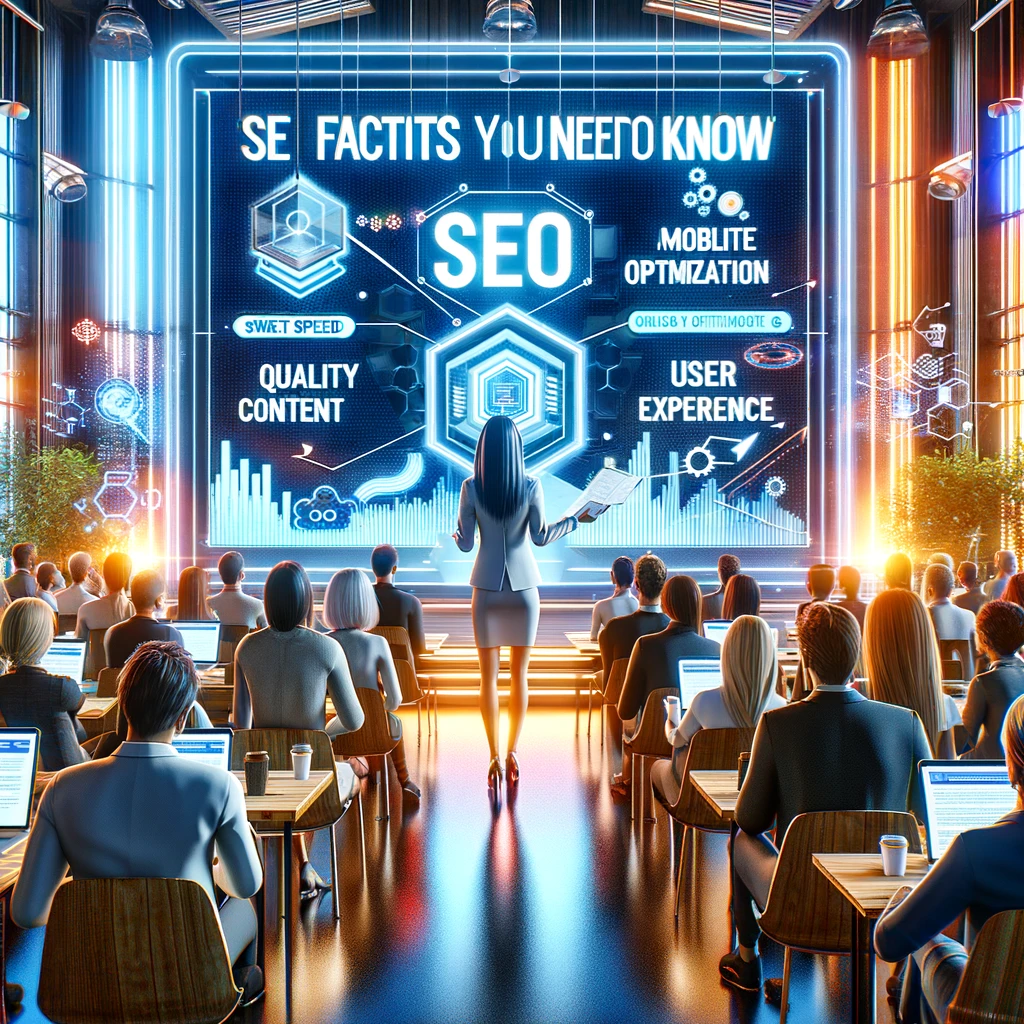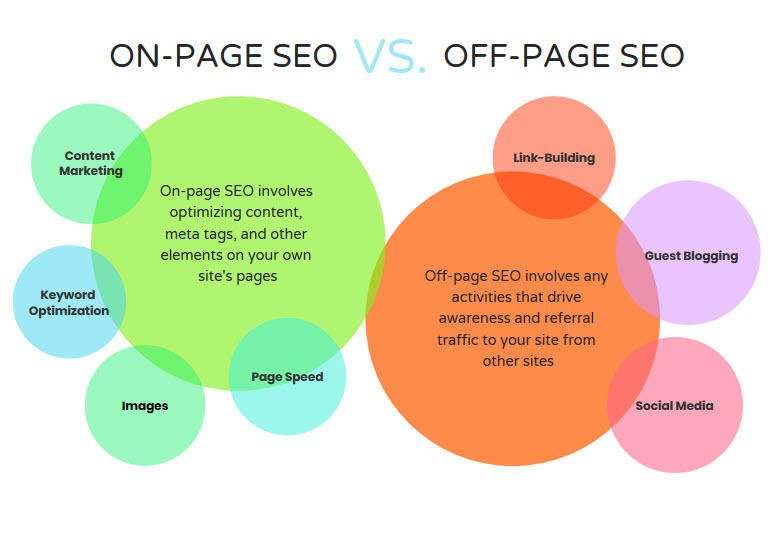
12 Essential On-Page SEO Factors You Need To Know
On-Page SEO, also known as on-site SEO, refers to the practice of optimizing individual web pages to improve their search engine rankings and drive organic traffic. It involves optimizing various elements on a webpage, such as content, HTML source code, and images, to make it more relevant and appealing to both search engines and users. On-Page SEO is an essential aspect of digital marketing and plays a crucial role in determining the visibility and ranking of a website in search engine results pages (SERPs).
The importance of On-Page SEO for website ranking cannot be overstated. Search engines like Google use complex algorithms to determine the relevance and quality of web pages. By optimizing your website’s on-page elements, you can improve its chances of ranking higher in search results, which can lead to increased visibility, organic traffic, and ultimately, more conversions and revenue.
Key Takeaways
- On-Page SEO is the practice of optimizing individual web pages to rank higher and earn more relevant traffic in search engines.
- On-Page SEO is important for website ranking because it helps search engines understand the content and context of a page.
- Keyword research and placement are crucial components of On-Page SEO, as they help search engines identify the topic and relevance of a page.
- Title tags and meta descriptions are important On-Page SEO elements that provide a brief summary of a page’s content and help attract clicks from search engine users.
- Header tags and content optimization are key On-Page SEO tactics that help organize and structure content for both search engines and users.
The Importance of On-Page SEO for Website Ranking
On-Page SEO directly affects website ranking by signaling to search engines that your website is relevant and valuable to users. When search engines crawl your website, they analyze various on-page elements to understand its content and context. By optimizing these elements, you can provide clear signals to search engines about the relevance and quality of your website.
One of the key benefits of On-Page SEO is that it helps search engines understand what your website is about. By using relevant keywords in your content, meta tags, and other on-page elements, you can indicate to search engines the topics and themes that your website covers. This helps search engines match your website with relevant search queries, increasing the likelihood of your website appearing in search results.
Another benefit of On-Page SEO is that it improves user experience. When you optimize your website’s on-page elements, you make it easier for users to navigate and find the information they are looking for. This can lead to longer dwell times, lower bounce rates, and higher engagement metrics, all of which are positive signals to search engines. Additionally, a well-optimized website is more likely to be shared and linked to by other websites, further boosting its visibility and authority in the eyes of search engines.
Keyword Research and Placement in On-Page SEO
Keyword research is a critical component of On-Page SEO as it helps you identify the keywords and phrases that your target audience is using to search for information related to your website. By conducting thorough keyword research, you can gain insights into the search volume, competition, and relevance of different keywords, allowing you to optimize your website’s content accordingly.
To conduct keyword research, start by brainstorming a list of relevant topics and themes related to your website. Then, use keyword research tools like Google Keyword Planner, SEMrush, or Moz Keyword Explorer to identify specific keywords and phrases that are relevant to your content. Look for keywords with high search volume and low competition to maximize your chances of ranking well.
Once you have identified your target keywords, it’s important to strategically place them throughout your website’s on-page elements. This includes incorporating them naturally into your page titles, headings, meta descriptions, URL structures, and within the body of your content. However, it’s important to avoid keyword stuffing or over-optimizing your content as this can have a negative impact on your website’s ranking.
Title Tags and Meta Descriptions for On-Page SEO
Title tags and meta descriptions are HTML elements that provide concise summaries of a webpage’s content. They play a crucial role in On-Page SEO as they appear in search engine results pages (SERPs) and influence click-through rates (CTR) from searchers.
When writing title tags, it’s important to include relevant keywords while also making them compelling and enticing for users. Aim for a length of around 50-60 characters to ensure that they are fully displayed in search results. Additionally, consider incorporating power words or action verbs to make your titles more engaging.
Meta descriptions, on the other hand, provide a brief overview of a webpage’s content and should be written in a way that encourages users to click through to your website. Aim for a length of around 150-160 characters and include relevant keywords naturally. Consider highlighting the unique value proposition or key benefits of your content to entice users to click.
Header Tags and Content Optimization for On-Page SEO
Header tags, also known as H1, H2, H3, etc., are HTML elements that define the headings and subheadings within a webpage’s content. They play a crucial role in On-Page SEO as they provide structure and hierarchy to your content, making it easier for both users and search engines to understand.
When using header tags, it’s important to use them in a hierarchical order, starting with H1 for the main heading of the page, followed by H2 for subheadings, and so on. This helps search engines understand the organization and flow of your content.
Content optimization is another important aspect of On-Page SEO. By optimizing your website’s content, you can make it more relevant and valuable to users and search engines. This includes incorporating relevant keywords naturally throughout your content, using descriptive headings and subheadings, and providing high-quality and informative content that meets the needs of your target audience.
Image Optimization for On-Page SEO

Image optimization is an often overlooked aspect of On-Page SEO but can have a significant impact on your website’s ranking and user experience. By optimizing your images, you can improve their visibility in image search results and reduce the load time of your webpages.
To optimize images for On-Page SEO, start by choosing the right file format. JPEG is typically the best format for photographs, while PNG is better for images with transparency. Compress your images to reduce their file size without compromising quality. Use descriptive file names and alt tags that include relevant keywords to help search engines understand the content of your images.
Additionally, consider the placement and context of your images within your content. Use images that are relevant to your content and provide additional value or visual appeal. Consider using captions or surrounding text to provide context and further optimize your images for search engines.
Internal Linking and Navigation for On-Page SEO
Internal linking and navigation are important aspects of On-Page SEO as they help search engines discover and index your webpages, improve user experience, and distribute link equity throughout your website.
When creating internal links, aim to link to relevant and related content within your website. Use descriptive anchor text that includes relevant keywords to provide context and improve the visibility of your linked pages. Additionally, consider the placement and prominence of your internal links within your content to encourage users to explore more of your website.
In terms of navigation, it’s important to have a clear and intuitive navigation structure that allows users to easily find the information they are looking for. Use descriptive labels for your navigation menu items and consider incorporating breadcrumbs or a sitemap to further enhance navigation.
Mobile-Friendly Design and On-Page SEO
With the increasing use of mobile devices for internet browsing, having a mobile-friendly website is crucial for On-Page SEO. Google has even introduced mobile-first indexing, which means that it primarily uses the mobile version of a webpage for indexing and ranking.
To create a mobile-friendly website, start by using responsive design techniques that automatically adjust the layout and content of your website based on the user’s device. This ensures that your website looks and functions well on all screen sizes.
Additionally, optimize your website’s load time on mobile devices by minimizing file sizes, leveraging browser caching, and using a content delivery network (CDN) to deliver your website’s assets from servers closer to the user.
Page Speed and On-Page SEO
Page speed is a critical factor in On-Page SEO as it directly affects user experience and search engine rankings. Slow-loading webpages can lead to higher bounce rates, lower engagement metrics, and ultimately, lower rankings in search results.
To improve page speed, start by optimizing your website’s code and assets. Minify CSS and JavaScript files, compress images, and leverage browser caching to reduce the load time of your webpages. Additionally, consider using a content delivery network (CDN) to deliver your website’s assets from servers closer to the user.
Regularly monitor your website’s page speed using tools like Google PageSpeed Insights or GTmetrix and make necessary optimizations to ensure that your webpages load quickly on all devices.
Tracking and Measuring On-Page SEO Success
Tracking and measuring On-Page SEO success is crucial for understanding the impact of your optimization efforts and making data-driven decisions to improve your website’s performance.
To track and measure On-Page SEO success, start by setting up Google Analytics on your website. This will provide you with valuable insights into your website’s traffic, user behavior, and conversion metrics. Additionally, use Google Search Console to monitor your website’s performance in search results, identify any issues or errors, and submit sitemaps for indexing.
Regularly analyze your website’s data to identify trends, patterns, and opportunities for improvement. Look for keywords that are driving organic traffic to your website, pages with high bounce rates or low engagement metrics, and areas where you can further optimize your content or on-page elements.
In conclusion, On-Page SEO is a critical aspect of digital marketing that plays a crucial role in determining the visibility and ranking of a website in search engine results pages (SERPs). By optimizing various on-page elements such as content, HTML source code, and images, website owners can improve their website’s relevance and appeal to both search engines and users.
Throughout this article, we have discussed the importance of On-Page SEO for website ranking and the various elements and best practices involved in optimizing a website’s on-page elements. From keyword research and placement to title tags and meta descriptions, header tags and content optimization, image optimization, internal linking and navigation, mobile-friendly design, page speed, and tracking and measuring success, each aspect contributes to the overall effectiveness of On-Page SEO.
For website owners, investing time and effort into On-Page SEO can lead to increased visibility, organic traffic, and ultimately, more conversions and revenue. By following best practices and staying up-to-date with the latest trends and algorithms, website owners can ensure that their websites are optimized for success in the ever-evolving world of search engine optimization.

If you’re looking to optimize your website for search engines, you need to know the essential on-page SEO factors. WebMagnet Designs has put together a comprehensive guide on the 12 essential on-page SEO factors you need to know. However, having a well-designed website is equally important. In a related article by WebsiteDesigner-NearMe.com, they discuss the importance of having a professional website for your business. They emphasize how a well-designed website can attract more customers and improve your online presence. To learn more about creating a website that stands out, check out their article here.
Check Out Our Services
Web Design | Social Media Marketing | Lead Generation | Website Maintenance | Contact
FAQs – On-Page SEO Factors

What is On-Page SEO?
On-Page SEO refers to the optimization of individual web pages in order to rank higher and earn more relevant traffic in search engines.
What are the 12 Essential On-Page SEO Factors?
The 12 Essential On-Page SEO Factors are:
1. Title Tag
2. Meta Description
3. Header Tags
4. URL Structure
5. Keyword Density
6. Image Optimization
7. Internal Linking
8. External Linking
9. Mobile Responsiveness
10. Page Speed
11. Content Quality
12. User Experience
Why are these On-Page SEO Factors important?
These On-Page SEO Factors are important because they help search engines understand the content and context of a web page, which in turn helps the page rank higher in search results. They also improve the user experience and make the page more accessible and understandable.
How can I optimize my Title Tag?
To optimize your Title Tag, make sure it accurately reflects the content of the page, includes relevant keywords, and is no longer than 60 characters.
What is Keyword Density?
Keyword Density refers to the number of times a keyword or phrase appears on a web page in relation to the total number of words on the page. It is important to maintain a reasonable keyword density to avoid being penalized by search engines for keyword stuffing.
How can I optimize my Page Speed?
To optimize your Page Speed, you can compress images, minify code, reduce server response time, and use a content delivery network (CDN).
What is User Experience?
User Experience refers to the overall experience a user has when interacting with a website, including factors such as ease of use, accessibility, and visual appeal. It is important to prioritize User Experience in order to keep visitors on the site and encourage them to return.
Page article by Local Website Designer

Welcome to WebMagnet Designs, your go-to source for the latest in web design innovation. Discover new projects, trends, and insights tailored for our new customers. Dive into our vibrant collection of topics and news designed to inspire and inform. Join us on a journey of digital creativity and excellence.
Recent Post's
FREE quote

